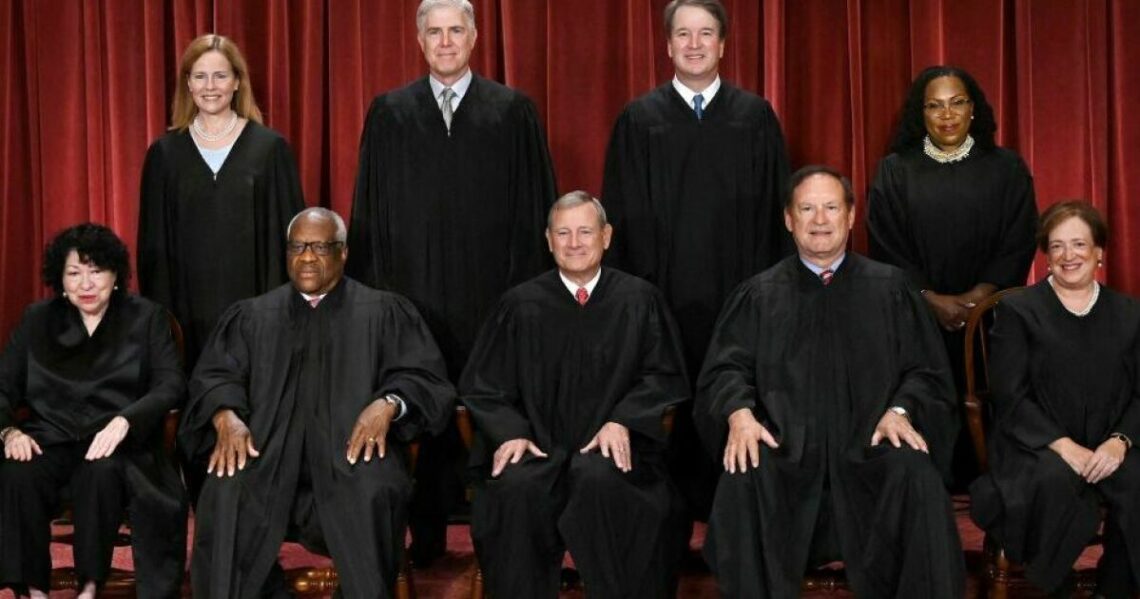The U.S. Supreme Court defied its usual 6-to-3 conservative/liberal split in two decisions on Wednesday. One involved who qualifies for overtime pay. The other, Arizona’s refusal to apply a Supreme Court precedent in death penalty jury instructions.
The overtime case was brought by Michael Hewitt, a highly paid oil rig supervisor, who sued his employer, Helix Energy Solutions Group, contending that because he was paid on a daily basis, he was entitled to overtime pay for his typical 84-hour, 7-day weeks on the job.
The sole question in the case was whether, under the Fair Labor Standards Act, he should be paid time and a half for hours worked beyond 40 hours a week. Helix Energy claimed that Hewitt, who earned $200,000 a year, was exempt from the overtime requirement because he was a “bonafide executive.”
The court, by a 6-to-3 vote, sided with Hewitt. Writing for the majority, Justice Elena Kagan said that Helix did not pay Hewitt a salary, as defined by federal regulations. Instead, it paid him as a daily worker. If he worked one day in a given week, he was paid for just that day. If he worked no days, he got no money.
“Daily-rate workers of whatever income level” are not paid a base salary under Labor Department regulations, Kagan wrote, adding that “Helix’s various policy claims cannot justify departing from what the rules say.” Those rules, date back to the 1940s, she observed, noting that a salary is defined as “fixed compensation regularly paid, as by the year, quarter, month, or week.” In addition, under the regulations, salaried employees, get paid a week’s salary even if they do not work the full week.
Although Kagan conceded…
Read the full article here







